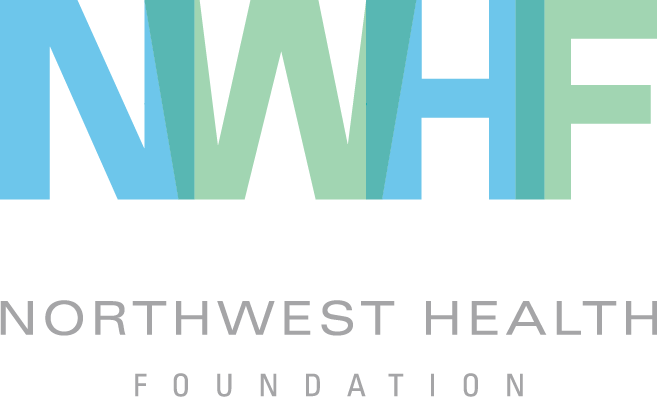Warm Springs Youth Build Power for Political Participation
/A story from Healthy Beginnings+Healthy Communities Collaborative Let's Talk Diversity Coalition.
Photo courtesy of the Warm Springs Youth Council Facebook page. Photo credit to Jayson Smith.
[Image description: A candidate with a long braid and glasses speaks into a standing microphone. Three candidates sit behind.]
At the beginning of 2016, Let’s Talk Diversity Coalition and the Warm Springs Youth Council formed a partnership around voter education for the Confederated Tribes of Warm Springs. Their first project was a candidate forum held in Warm Springs, Oregon on March 7th, 2016.
This forum gave local Tribal Council candidates running for the upcoming Warm Springs Tribal Council elections an opportunity to interact with the community and share their strengths, concerns and positions on issues the Confederated Tribes of Warm Springs is facing. It also served to highlight the upcoming Bureau of Indian Affairs Secretarial Election and allowed tribal members, as well as the Warm Springs Youth Council, to raise and discuss thoughts about issues that would be on the Secretarial Election ballot. These included various proposed changes to the make-up of the Tribal Council and the process of electing Tribal Council members, as well as a proposed change to lower the voting age to 18.
Photo courtesy of Warm Springs Youth Council Facebook page.
[Image description: Six Warm Springs Youth Council members, wearing black t-shirts that read "BUILD COMMUNITY," pose around a Warm Springs Youth Council banner.]
In preparation for the forum, the Warm Springs Youth Council developed questions that incorporated the Secretarial Election’s proposed changes, history of the tribe, education and youth concerns. The forum was organized and hosted by the Youth Council with support from Let's Talk Diversity Coalition, Warm Springs Prevention Team and the Confederated Tribes of Warm Springs. It was the first candidate forum to be organized in the history of the Confederated Tribes of Warm Springs.
Twenty-four hours before the event, the Youth Council contacted Let's Talk Diversity Coalition, requesting us to provide a sign language interpreter for the event. Thanks to regional and local connections, we were able to locate an interpreter for the event and pay him for his services. It's definitely worthwhile to build those relationships before they're needed! The community expressed appreciation of the interpretation services, not to mention the opportunity to hear from Tribal Council candidates.
Let's Talk Diversity Coalition continues to partner with the Warm Springs Youth Council and looks forward to the upcoming voter education collaborations, and to building power with our young leaders!


































